Planting and caring for the campanula
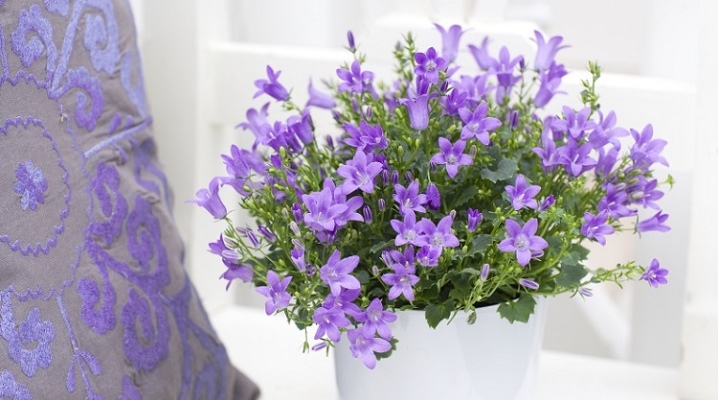
Many gardeners plant various decorative flowers on their plots. Many of them will be a great decoration for almost any garden. Today we will talk about campanula and figure out how to properly care for and plant it.
Peculiarities
The coarse-haired campanula belongs to the bell-shaped group. This flower belongs to herbaceous plants, which can be perennial, annual or biennial species. Their leaves are solid, rounded. Campanula flowers can be either single or collected in lush inflorescences. The buds most often have a beautiful blue, purple, white color, although there are also unusual varieties with a pink, red or purple color ("Pink Octopus", Campanula Takeshimana).
Campanula in height, as a rule, does not exceed 40 centimeters. The flower is presented in different varieties. Among them there are indoor, wild, garden species. All these varieties are particularly decorative. At home, only the equal-leaved campanula is most often cultivated. She is often called "the bride and groom". Today, there are also other separate types of such decorative bells:
- broadleaf;
- nettle-leaved;
- peach-leaved;
- milky-flowered.
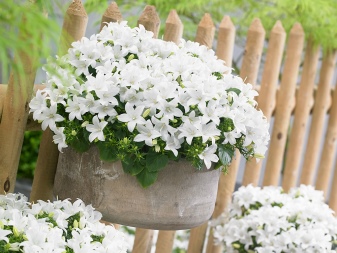

How to plant in open ground?
It is recommended to plant campanula in seedlings, although reproduction with seeds is also possible. You need to plant a plant in late spring or early summer. (an adult bush can be planted in the fall). To do this, it is worth picking up the most free part in the garden or garden. The place should not be cluttered with tall trees and bushes.
Also, when choosing a place, keep in mind that Campanula is a light-loving plant, but it is difficult to tolerate exposure to direct sunlight. Under their influence, burns can appear on them. The soil for such a flower should be light and as loose as possible. The root system of the campanula requires good ventilation. A suitable option for the plant would be a mixture of peat and leafy soil. Purchased ready-made soil may also work. Drainage plays an important role in planting. It must be put on the bottom of the holes, as this flower often suffers from moisture stagnation. Before planting, the soil must be plowed thoroughly and all weeds must be removed.
If you want to breed Campanula with the seed method, then remember that in this case, planting should be carried out either in October or in May. On a well-dug bed, you need to form grooves, sow seed and sprinkle it with earth by 3-4 centimeters. In early spring, seedlings begin to appear, if necessary, they can be transplanted.
Seeds are best planted in moist and light soil.
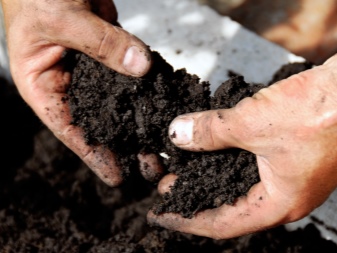
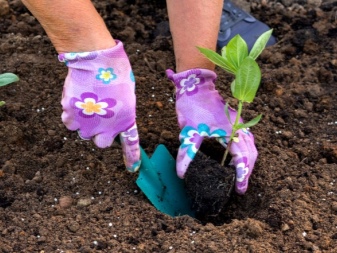
How to take care of it properly?
In order for the flower to grow and develop well, you need to follow some rules of care. Timely watering and loosening of the earth, top dressing, pruning and transplanting should be carried out.
Watering and loosening
Campanula requires a lot of water. But at the same time, it is necessary to moisten the soil in a normalized manner when it begins to dry out. For irrigation, you can use settled or rainwater. Watering is recommended after sunset. The intervals between procedures should be determined depending on the weather conditions. In case of prolonged droughts, it is better to increase the amount of water for irrigation.Otherwise, the flowers will begin to shrink, the leaf blades will become dull, the growth of the plant will slow down significantly.
After each moistening, the soil around the plant is thoroughly loosened. To slightly reduce water loss after watering, it is worth mulching the soil around the flower. This is done using dried pine branches. After flowering, watering should be reduced to 1-2 times a week.
During cold weather, only 2 or 3 waterings per month will be enough.
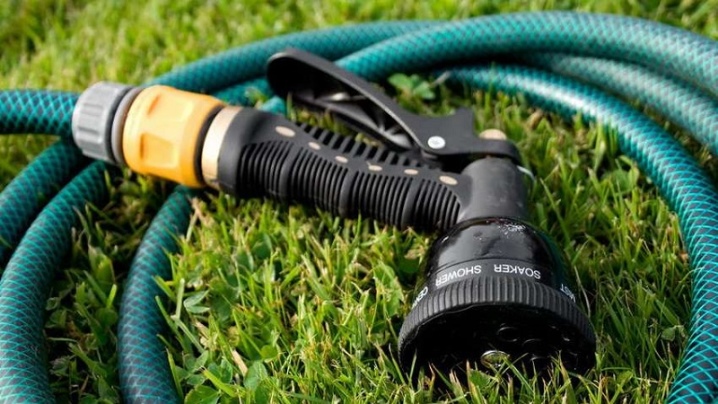
Top dressing
Campanula needs the most nutritious soil and periodic feeding. Fertilization should be applied at least 3 times in one season. This flower requires fertilizers that contain nitrogen. It is better to make them from April to May. Such compositions provide good and rapid development of the laminae. Also, the flower needs complex mineral fertilizers. They are especially important during the formation of young buds. During the period of abundant flowering, it is recommended to give preference to substances with a high content of potassium and phosphorus.
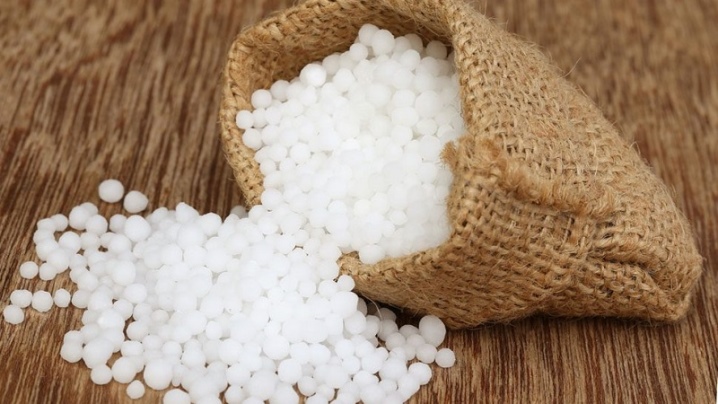
Pruning and replanting
Campanula can bloom as early as the second year after planting in the ground. Often they release several peduncles, which can greatly deplete the plant, so they should be cut off in time. This procedure allows the flower to grow strong and develop well. Some experienced gardeners recommend cutting the stems of the plant by 7-10 centimeters at the end of the fall. In the spring, all dried stems must be removed from the flower, and then re-cut by 4-5 centimeters. After such procedures, strong shoots will appear on the plant.
Campanula has a hard time transferring. If you still need to transplant it, then it is recommended to do this at the end of the summer period. At the same time, when digging a plant, it is necessary to leave a small lump of earth on the root system. This will reduce the chance of injury.
After 20 days, you need to feed the roots.
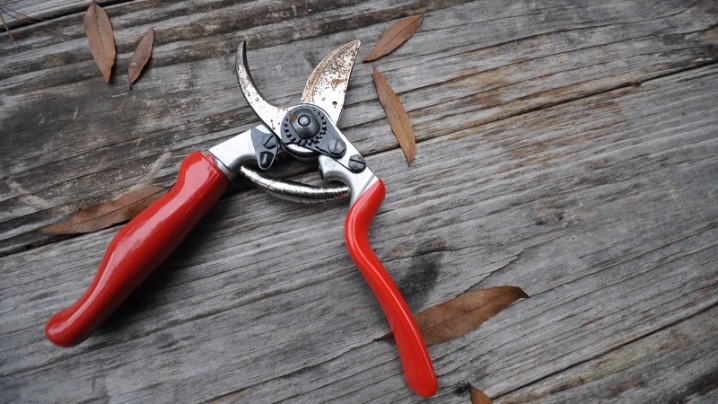
Conditions for keeping a houseplant
Many people grow Campanula in pots. It should be remembered that it is better to place containers on the east or west side. After all, a flower needs a lot of light, but at the same time, direct sunlight on the leaf blades can provoke burns. Also, do not forget that it is better to place the pots not on the windowsills, as the bushes will grow too much. They can be placed in special racks next to them. You can also hang a planter on the wall.
The optimum temperature for plants in the warm season is +23 +25 degrees. Higher numbers can negatively affect plant health. The temperature regime in winter should be at least +15 degrees. Campanula easily tolerates sudden temperature changes. With the onset of the warm season, you can take out the flower pots to the fresh air. They can also be subsequently planted in open ground.


House growing rules
Once purchased, Campanula can be grown in almost any pot. But remember that such a flower grows quickly, and the container should not break or limit this process. Gardeners advise purchasing round, bowl-shaped pots made of clay or plastic. Products in the form of boxes will also be able to fit. Campanula can be without moisture in a pot for a long time, so it is considered a fairly popular flower for growing at home. But at the same time, it is imperative to spray the plant.
The foliage can only be sprayed during the summer. It is recommended to carry out the procedure either in the morning or in the evening. This should not be done at lunchtime, as the sun can severely burn the foliage. With active growth and flowering, campanula must be fertilized. This period includes almost all spring and summer. To do this, it is better to purchase a special top dressing for indoor plants in the store. The procedure should be carried out at least 2-3 times a month. In winter, no top dressing is needed.You can buy potting soil for indoor plants at the store. The best option would be a fairly loose earth that will allow air to pass through, providing good ventilation. If you do not want to buy ready-made soil in the store, then you can make a suitable mixture yourself. To do this, mix the soil from the garden and peat. Moreover, the components must be in the same proportions. It is better to lay the bottom of the pot in advance with a drainage layer so that moisture does not stagnate after watering.
Along with planting in a pot, you can add top dressing. Such fertilizers can be special growth and development stimulants or conventional formulations for indoor flowers. Indoor bells do not require replanting. This procedure is done only after purchasing the plant in the store. Sometimes the campanula is transplanted if it has grown too large and it has become too cramped in the old container.
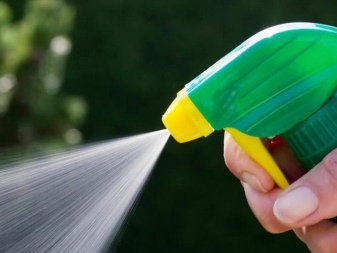

Possible problems
When growing these bells, gardeners can face some problems. On the flowers, you can often find harmful insects and parasites. These bells often suffer from scabies. Brown spots appear on the leaf plates. Under them, the pest lays its eggs. The parasite sucks out the juices contained in the veins of the leaves and in the stems of the flower. To get rid of the scabbard, you can use chemicals (Actellik, Aktara).
Spider mites can also appear on bells. In this case, a thin web appears on the foliage. To combat this pest, it is better to use insecticides. To prevent parasites from appearing on the campanula, it is worth keeping the leaf blades clean. The plant should be regularly sprayed with clean water. You also need to monitor watering. Too frequent moistening can lead to gray mold.
Often, campanula can dry out due to improper or insufficient care. In this case, the dried part cannot be restored. This can happen due to illness or due to insufficient moisture in the soil in the pot.
If the shoots begin to dry in the upper part of the flower, then it is worth cutting off the green part and starting proper care with a normalized watering regime and top dressing.

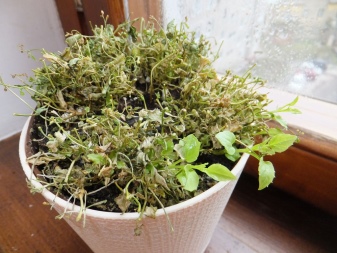
In the next video, you will find more information on planting and caring for the campanula.







































































































The comment was sent successfully.